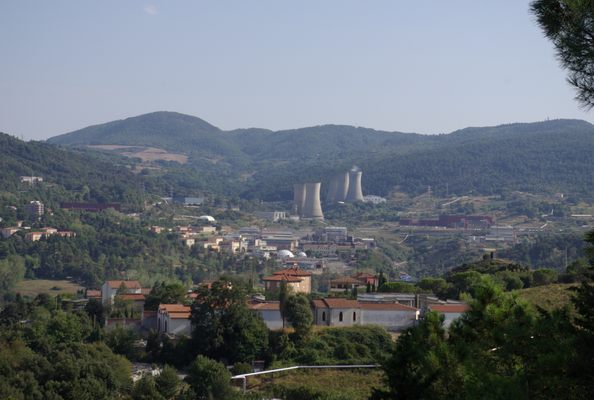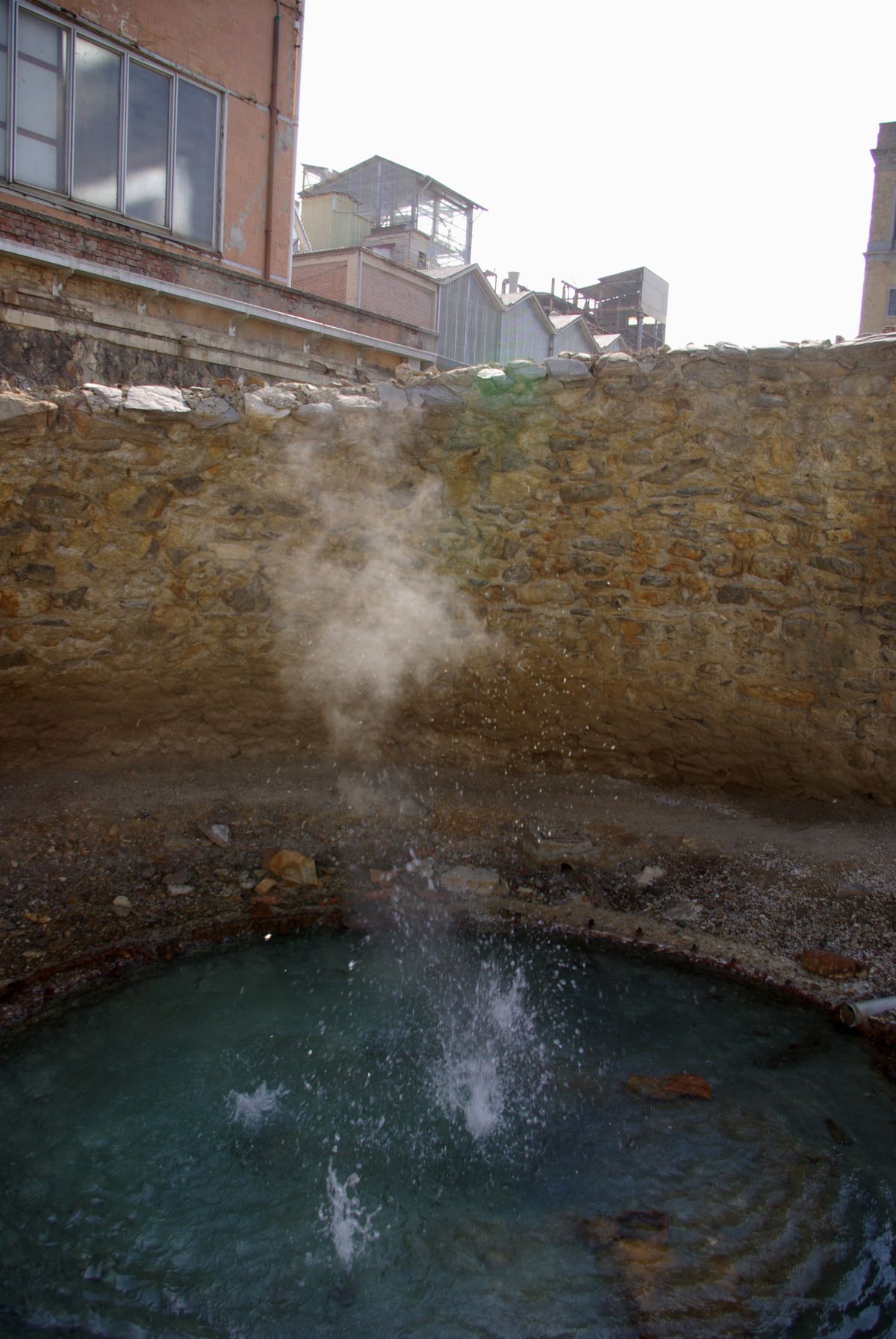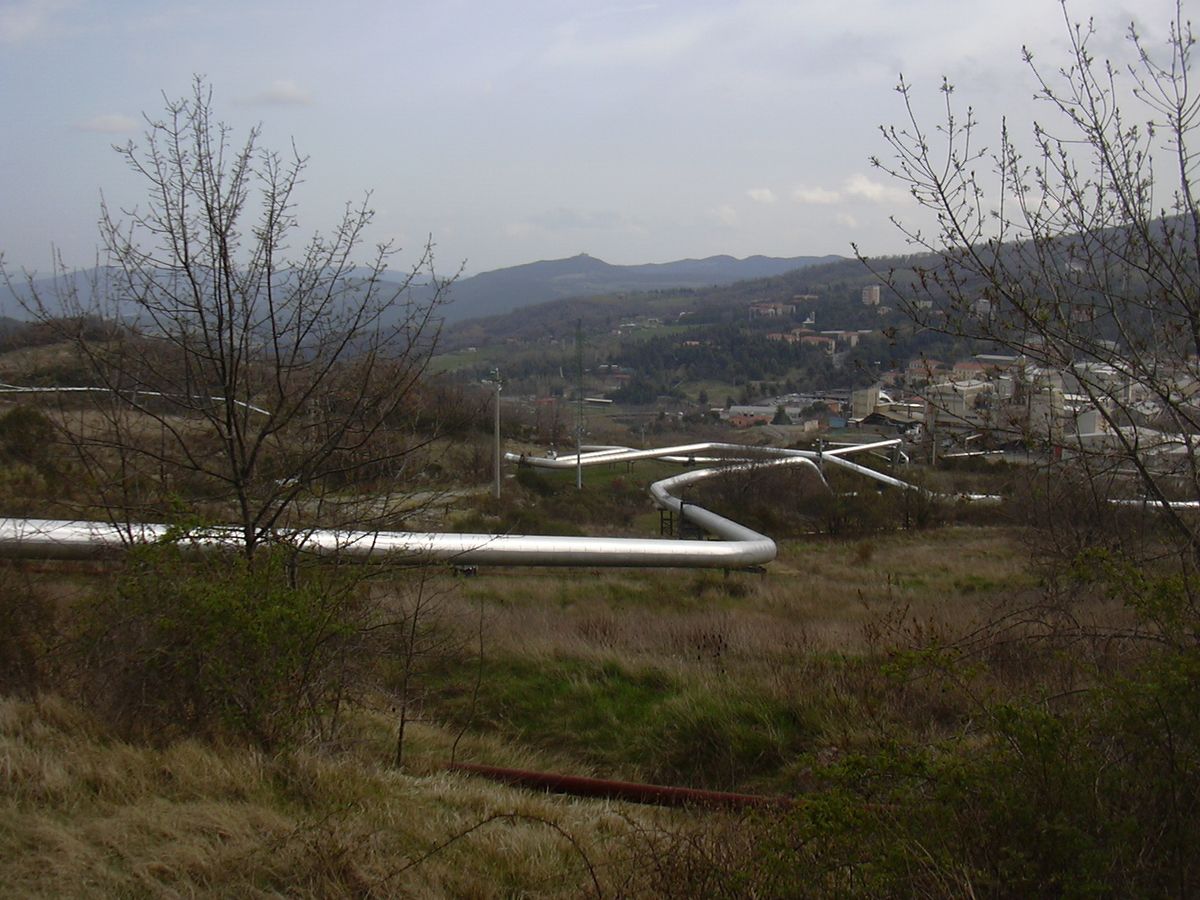About
You won’t find Tuscany’s signature rolling hills and scenic vineyards here. As its name suggests, this particular patch of earth is a rather hellish landscape.
Scalding water bubbles to the surface, spilling steady streams of steam into the air. The stench of sulphur saturates the surroundings, filling the nose of any visitor with the distinct, unpleasant stink of rotten eggs.
The Devil’s Valley is a hotbed of geothermal activity. As such, it was also a hub for energetic innovations. The first demonstration of geothermal power took place within its steaming grounds in 1904. Not long after, in 1911, the world’s first geothermal power plant was built nearby.
The plant in Larderello was the world’s only industrial geothermal electrical plant up until New New Zealand built its own in 1958. Though other such plants have cropped up around the globe, the small town of Lardarello still produces 10 percent of the world’s geothermal electricity supply.
But 20th-century engineers weren’t the first to take advantage of the geothermal activity lurking below the land. The ancient Romans used the sulphur-rich water to treat themselves to a dip in the natural hot springs and to take a boiling bath.
The local geothermal museum tells the story of this fascinating geologic landscape. It details the physical geography of the Devil’s Valley and the many innovations created to harness its power.
Related Tags
Know Before You Go
The address and GPS coordinates lead to the geothermal museum.
Published
March 5, 2018

























